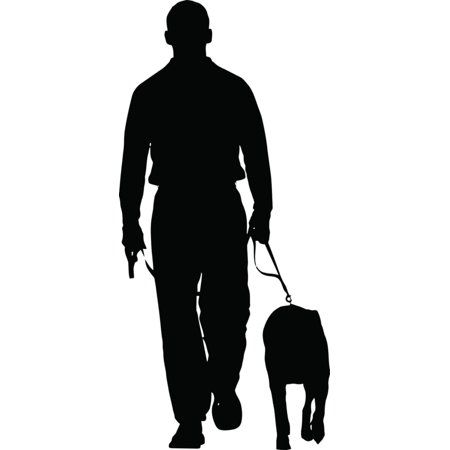Are you sure you can Help my Crazy Dog?
Yes! Whether your dog is uncontrollable on walks – pulling, barking, growling, lunging, an extremely prey-driven dog, or has serious leash reactivity (aggressive towards dogs, cars, bikes, skateboards, etc.), we have developed approaches to solve even the most challenging dog walking issues. If your dog jumps up, steals food from counters, has been in dog fights, barks incessantly, destroys furniture, gets into the garbage, is shy, or has separation anxiety – the answer is YES! we can help you.
We work with dogs with all kinds of behaviour problems and our proven methods work with any breed, age, size, background, behavioural issue, or level of training. Whether your dog is pushy, bratty, entitled, has selective hearing, is fearful, anxious, or is simply a puppy who needs to learn right from wrong, we’re here for you!
Our passion is teaching humans & dogs how to communicate so they can enjoy an awesome life together. We're here to help you create a better relationship with your dog. Offering a real life approach to dog training — working for real solutions in real world settings with real distractions. We empower dog owners with a wide range of dog behaviour problems and specialize in behaviour modification for dogs with fear, anxiety and leash reactivity. We also provide basic obedience training and show owners how to cultivate a calm, balanced state of mind with their dogs.
We’re all about comprehensive, integrated care. When we’re contacted about a behavioural concern, we assess your dog’s lifestyle. Like us, dogs need a certain amount of mental stimulation and physical activity in order to be healthy and fulfilled. If these areas are lacking, discontent and frustration can result in a wide range of behaviour problems. We assess your dog’s basic needs based on their breed tendencies, energy level and individual temperament, then work with you to design a lifestyle that promotes overall wellness. Helping people with dog problems requires overall lifestyle changes. By creating a structured routine at home, we can stop a wide range of difficult behaviours. Ask us how.

